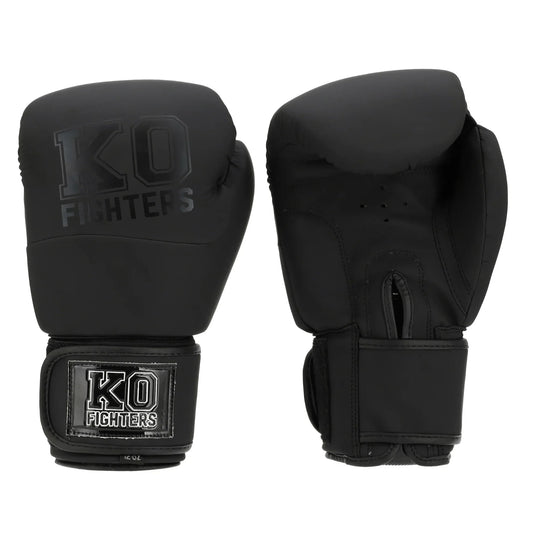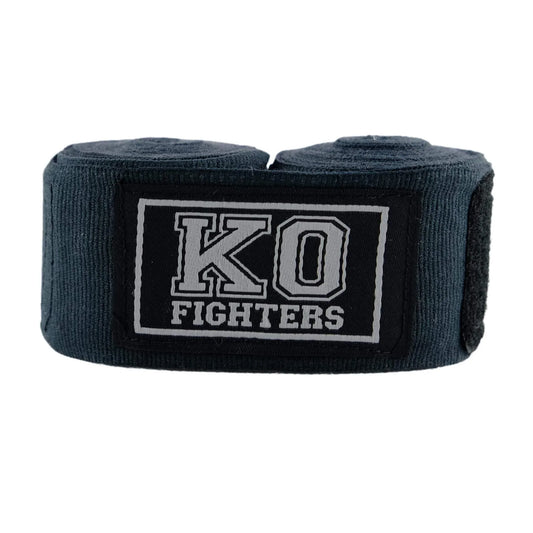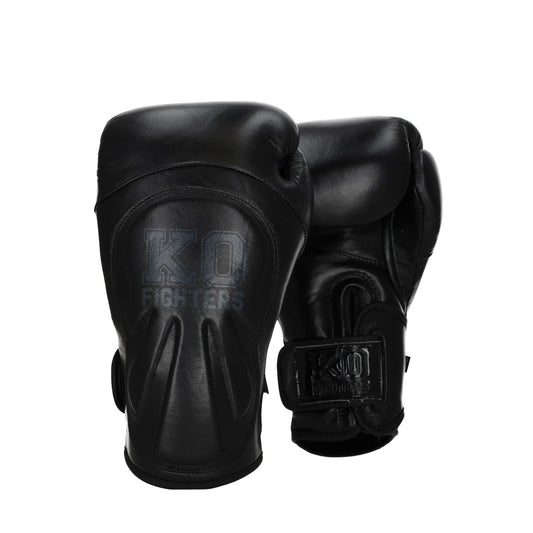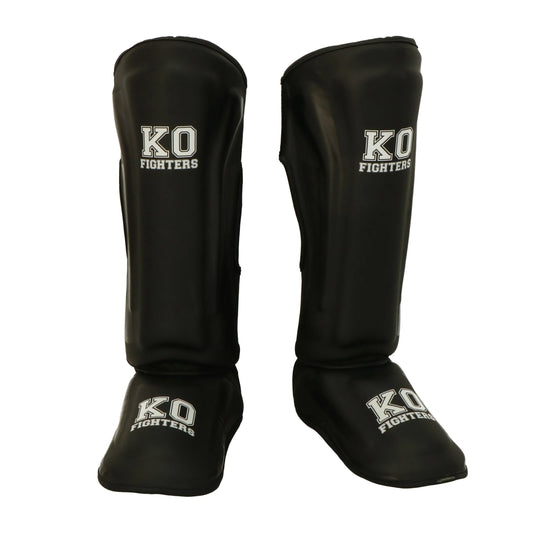Which muscles do you train the most during bag training?
Share
Bag training is an essential part of kickboxing and offers an excellent way to improve your technique, speed, and power. But besides these benefits, bag training is also a great workout for your entire body. In this blog, we discuss which muscles you train the most during bag training and how this workout contributes to your overall fitness.
The Main Muscles Trained during Bag Training
1. Shoulders (Deltoid muscles)
During bag training, you use your shoulders intensively when throwing punches like jabs, hooks, and uppercuts. The deltoid muscles at the front, side, and back of your shoulders are constantly engaged, leading to improved muscle definition and strength in this area.
2. Arms (Biceps and Triceps)
Every punch you throw on the bag works your biceps and triceps. While your biceps help bend the arm during the retraction of a punch, your triceps provide the power and extension during the punch. These muscles get a thorough workout, resulting in stronger and more muscular arms.
3. Chest (Pectoral muscles)
With powerful punches, especially hooks and crosses, your chest plays a crucial role. The pectoral muscles are activated to provide strength and stability, contributing to the power of your punches. Regular bag training can help develop a well-defined chest muscle.
4. Back (Rhomboids, Latissimus Dorsi, Trapezius)
Your back muscles are continuously engaged during bag training. The rhomboids and trapezius muscles assist with the rotation and stabilization of your shoulders, while the latissimus dorsi are involved in the power and pulling force of your punches. A strong back is essential for good posture and power in your punches.
5. Core (Abdominal Muscles and Obliques)
A strong core is essential for every kickboxer. During bag training, your abdominal muscles and obliques (the muscles on the sides of your abdomen) are intensively used for rotation and stabilization with every punch and kick. A powerful core ensures better balance, strength, and control during training.
6. Hips and Glutes (Gluteus Maximus, Medius, Minimus)
Your hips and glutes are crucial for generating power for your kicks and punches. The gluteal muscles are active when performing kicks such as roundhouse kicks and front kicks, providing stability and power. Strong hips and glutes improve your overall strength and explosiveness.
7. Legs (Quadriceps, Hamstrings, Calves)
Kickboxing and bag training are great ways to train your leg muscles. With every kick, your quadriceps and hamstrings at the front and back of your legs are activated. Your calves also work hard to provide stability and power when performing different techniques. Strong legs are essential for speed, power, and endurance in the ring.
The Benefits of Bag Training for Your Muscles
Besides the fact that bag training targets various muscle groups, it also offers many other benefits:
- Improved Strength and Endurance: By regularly training on the punching bag, you not only improve your muscle strength but also your endurance, which is essential for long-lasting performance in the ring.
- Better Coordination and Balance: The constant movements and rotations during bag training help improve your coordination and balance, which benefits your overall performance.
- Increased Calorie Burn: Bag training is an intensive workout that helps burn calories and fat, leading to better muscle definition and overall body condition.
Conclusion
Bag training is a versatile workout that targets a wide range of muscles and contributes to your overall fitness. By regularly training on the punching bag, you not only improve your kickboxing techniques but also build strength, endurance, and muscle definition in various muscle groups. Whether you are a beginner or an experienced kickboxer, bag training is an essential part of your training routine that provides numerous physical benefits.
At KO Fighters, we have an extensive range of boxing gloves and other training equipment to help you get the most out of your bag training. Visit our website and discover how to take your training to the next level!
Good luck with your training and stay strong!




